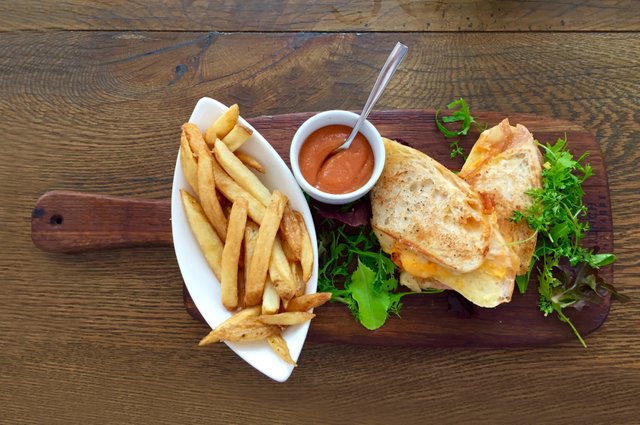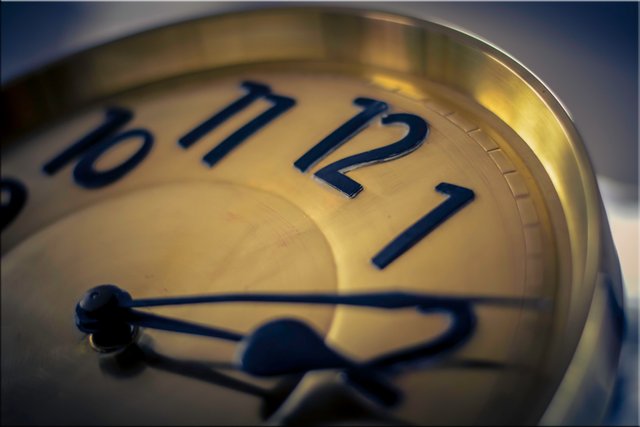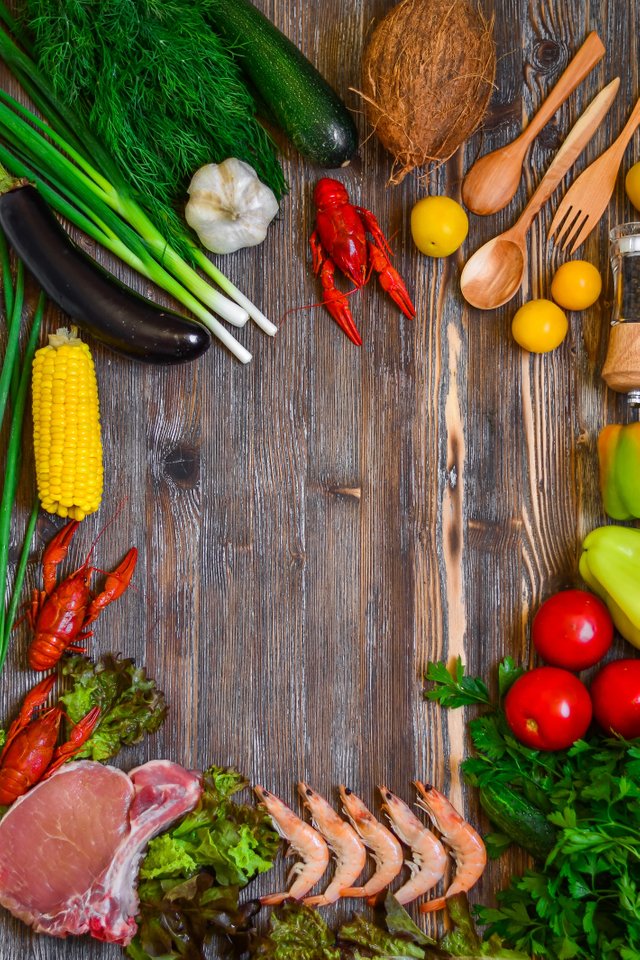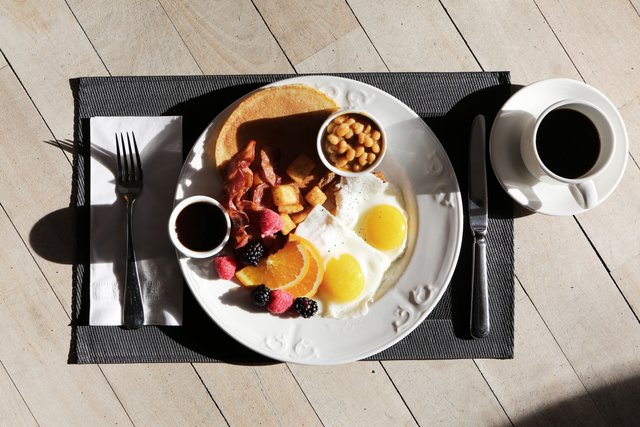HEALTH TIPS ABOUT FASTING

Agile but fasting
Fasting
Fasting is really a tradition that dates back to as far the first century. This practice involves the voluntary abstinence from certain meals or food entirely. It has been considered as a good therapy for weight loss as well as in the improvement of concentrations, extension of life, prevention of memory loss, a symptom of Alzheimers disease, prevention of insulin resistance and even to reverse the entire aging process.
Widely considered the father of modern medicine, Hippocrates prescribed and championed the practice of fasting, and the consumption of apple cider vinegar. Hippocrates wrote, “To eat when you are sick, is to feed your illness”. The ancient Greek writer and historian Plutarch also echoed these sentiments in his writing “Instead of using medicine, better fast today”. Other ancient Greek thinkers such as Plato and his student Aristotle were also encouraged the practice of fasting. They believed that fasting improves cognitive abilities. In a simple experiment, think about the last time you ate a huge meal. Any feeling of being more energetic and mentally alert afterwards? Or, instead did you feel dizzy? Most likely dizziness is the answer. It has been shown that blood is shunted to your digestive system to cope with the huge influx of food, leaving less blood going to the brain.
It is important to note that fasting does not entail starving. While Starvation is the involuntary absence of food, fasting is the voluntary withholding of food for spiritual, health, or other reasons. It is neither deliberate, nor controlled. People who starve have no idea when and where their next meal will come from. It is the difference between suicide and dying of old age. Fasting may be done for any period of time, from a few hours to months on end. In a sense, fasting is part of everyday life. This is the reason the term ‘breakfast’ was coined meaning the meal that breaks the fast which is done daily.
But a recent growing body of research shows that abstaining from food intermittently may have physical as well as spiritual benefits — the latest, a study from Utah researchers that found that occasional fasts (defined as extended periods of time in which people generally abstain from all food and drink except for water) may reduce the risk of heart disease and diabetes.

Healthy food to feed during fast
Facts about eating and fasting
Studies so far have it that:
when you eat, your digestive system breaks down carbohydrates into the sugar glucose, which is the body’s major source of energy. Glucose is absorbed from the digestive tract into the blood, which then travels to your body’s cells to provide them with fuel.
if no food is taken recently, the supply of glucose in your blood drops and your body turns to stored glucose, called glycogen, for energy.
once the glycogen is used up, your body begins to burn fat and muscle stores to make its own glucose to fuel your cells.
within a few days without eating your body kicks into ketosis mode, meaning you burn fat as the primary source of fuel, in order to spare muscle. You will lose weight in the form of body fat. However, ketosis also makes your blood will also become more acidic, and can cause bad breath, fatigue, and other unpleasant symptoms; long-term, it can lead to kidney and liver damage
Precaution: The Fast Diet says that you shouldn’t fast if you’re pregnant or underweight, or if you have a history of eating disorders or diabetes, and that you should check with your doctor first if you take medication. The diet also isn't recommended for kids, teens, frail seniors, or anyone who isn't feeling well or has a fever.

Preparing for fast
Preparations for fasting
Care has to be taken in the commencement and the termination of fast. To enter a fast, the diet should be gradually lightened over a few days. To start with, heavy foods including meats and dairy products should be eliminated for a day or two. Grains, nuts, and beans should then be reduced for several days. Prior to the fasting day, only easily digested foods like fruits, light salads, and soups should be eaten. During the fast, only pure water and occasional herbal teas should be drunk.
Fasts should be ended as gradually as they are entered, going from lighter to heavier foods progressively. The diet after a fast should emphasize fresh, wholesome foods. Fasters should particularly take care not to overeat when they complete a fast.
Guidelines on fasting
To achieve the objective of this practice, the following guidelines should be observed.
Out of the 7 days in a week, eating should be done normally 5 days and fasting done for the other 2 days. The fasting days should not be consecutive. This implies that you should have at least 1 normal eating day in between them.
Eating should be done moderately during the fasting days. Though is assumed that women get about 500 calories and men about 600 per day, it is far less than usually recommended. Notwithstanding, gender and how active you are determines the amount of calories needed.
It is recommended that you include fruits, vegetables and proteins in your meals on fasting days usually as little added with a few snacks. For a typical 500-calorie fasting day meal, oatmeal with fresh blueberries for breakfast, a tangerine for a snack, and a chicken and vegetable stir-fry for dinner is ideal.
Drinking lots of water as well as taking calorie-free beverages such as tea, coffee (no milk or sugar), and club soda is recommended.
During the 5 non fasting days, there is no restriction on the kind and type of meal to be taken. This implies that you can eat anything. Surprisingly, research studies have shown that greater percentage of persons do not gorge themselves during the off days.
The Fast Diet strongly discourages drinking alcohol on fasting days. It suggests that if you must drink on your "off days," it should be done only in moderation.
Once you reach your weight loss goal, 1 day of fasting per week is recommended for maintenance.
You’ll cook or eat as usual on off days, and with a very restricted menu on fasting days. The following below provides a month’s worth of fasting day menus and recipes.

Healthy recipes
Sample Menu/Recipe
This is a 562-calorie fast day of meals on the Fast Diet, according to a meal plan in "The Fast Diet Cookbook." It is important to note that women are aiming for 500 calories on fast days, and men are aiming for 600 calories on fast days. This meal plan falls in between the two in terms of calories.

Healthy meal to start the day
Breakfast
Strawberries with Ricotta, Black Pepper and Balsamic:
15 fresh strawberries
Scant 2 ounces/50 grams full-fat ricotta
A grind of black pepper
Dash of balsamic vinegar
Snack
1 small apple
Lunch
No lunch
Dinner
Couscous with lemon and miring tofu:
Scant 2 ounces/50 grams instant couscous
3 tablespoons/50 milliliters boiling water
1 teaspoon lemon juice
1 teaspoon mirin
2 scallions (green onions) sliced on the diagonal
3 cherry tomatoes, quartered
1 small zucchini, finely chopped
2 tablespoons/20 grams pine nuts
1 teaspoon sesame seeds
Salt and pepper
A handful of flat-leaf parsley, chopped
3 ounces/75 grams ready-marinated tofu
Packaged foods: No.
In-person meetings: No.
Important guidelines for breaking the fast
For six days, gradually increase the amount of raw fruits and vegetables in your diet. It is not recommended to break a fast with meat, bread or junk. Jarring the system this intensely, when the digestive system is re-awakening, can cause stomach cramps, nausea and weakness, negating some of the benefits of a fast.
First day after the fast:
Eat a piece of fruit in the morning and a small bowl of raw vegetable salad for lunch; vegetable broth also is good. Drink freshly made juice for the rest of the day.
Second day after the fast:
Prunes or figs soaked for breakfast is normal. A small bowl of fresh vegetable salad is good for lunch. Vegetable soup made without salt at dinner. Two apples or a fruit salad eaten could be taken between meals. All this in addition to freshly made juices and broths is ideal.
Third day after the fast:
Same as the second day, but add a handful of raisins.
*Fourth day after the fast:"
It is optional to return to the diet you have chosen, but it is important to the feelings of your stomach, eat smaller meals, chew your food and eat only when you are hungry.
NOTE: When breaking a fast over ten days, it is recommended that the break-in period should be extended one day for every 4 days of fasting. When breaking from water fasting, take a juice fast for two days or eat sweet fruits like oranges, mangos or pears.
You can break your fast with a bowl of mixed sprouts, organically prepared from your home. According to Living Food For Africa, sprouts are germinating seeds that contain simple sugars, vitamins, minerals and antioxidants that are easily digested and assimilated. Nutrient concentration increase as sprouts grow. Sprouts contain chlorophyll, a substance known for its cleansing properties. Foods regarded as sprouts include cabbage, alfalfa, sunflower, buckwheat, broccoli, lentil, chickpeas, adzuki beans and mung bean. Sprouts can be grown in our homes with indirect sunlight and water within just a few days.
Other things you may need to know about fast diet
Cost: Just your groceries.
Support: you can do this diet on your own. There are lots of tips and discussion forums online.

Obviously it does
The big question; Does It Work?
Even though many health experts do not recommend fasting, if you are going to do it, the authors of this plan have it right. Eating 500-600 calories a couple of days a week will be tough, but it can be achieved.
Experts advice that cutting way back on calories slows your metabolism, making it even harder to even lose weight. But studies have shown that fasting from time to time can be an effective strategy for losing weight. In addition, cutting calories on a couple of days instead of every day may help preserve muscle, yes! You lose mostly fat.
Mosley’s team has discovered that a large number of persons do not overindulge on the non-fasting days. Other research suggests it could be true. But it is ultimately up to you to make sure you do not jeopardize your weight loss efforts and objective on the “off” days.
##Is It Good for Certain Conditions?
This is absolutely not the weight loss plan and therefore not recommended for those with diabetes. It could be dangerous, especially when you take medicine, and lower your blood sugar into unsafe and even at deadly levels.
For others, there are some early studies that show it may help improve some risk factors for heart disease, including blood pressure and cholesterol. Any weight loss plan that drops the pounds is likely to also have this effect.
It is highly recommended that you talk to your doctor first before trying a fasting diet. This approach could put extra stress on your body.
The Final Word
If fasting interests you, The Fast Diet is a decent approach. It’s going to take some serious willpower, but if you are up for the challenge, it can work. It is definitely not meant for everyone, so don’t ignore the warnings.
It also may be tough to stick with in the long term. But trying it out to see if it suits you is a worthy plan. Have another plan in your back pocket if you or your body tires of this approach.
Breaking an extended fast can be difficult. In the long-run you will find out that breaking the fast is harder than fasting. A sleeping digestive system is sensitive, and although you might want to try every available food, you cannot because your system needs time to get back to speed. The time is needed for breaking the fast depends on the length of time of fast. Hence, water fasting demands the longest time to break. The longer the fast the more difficult it is to break correctly.